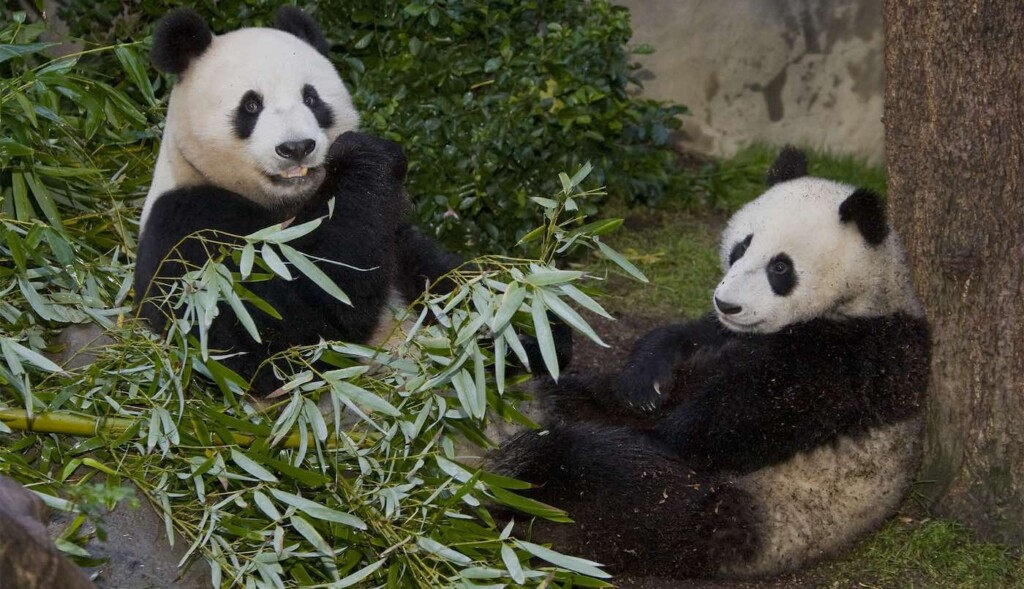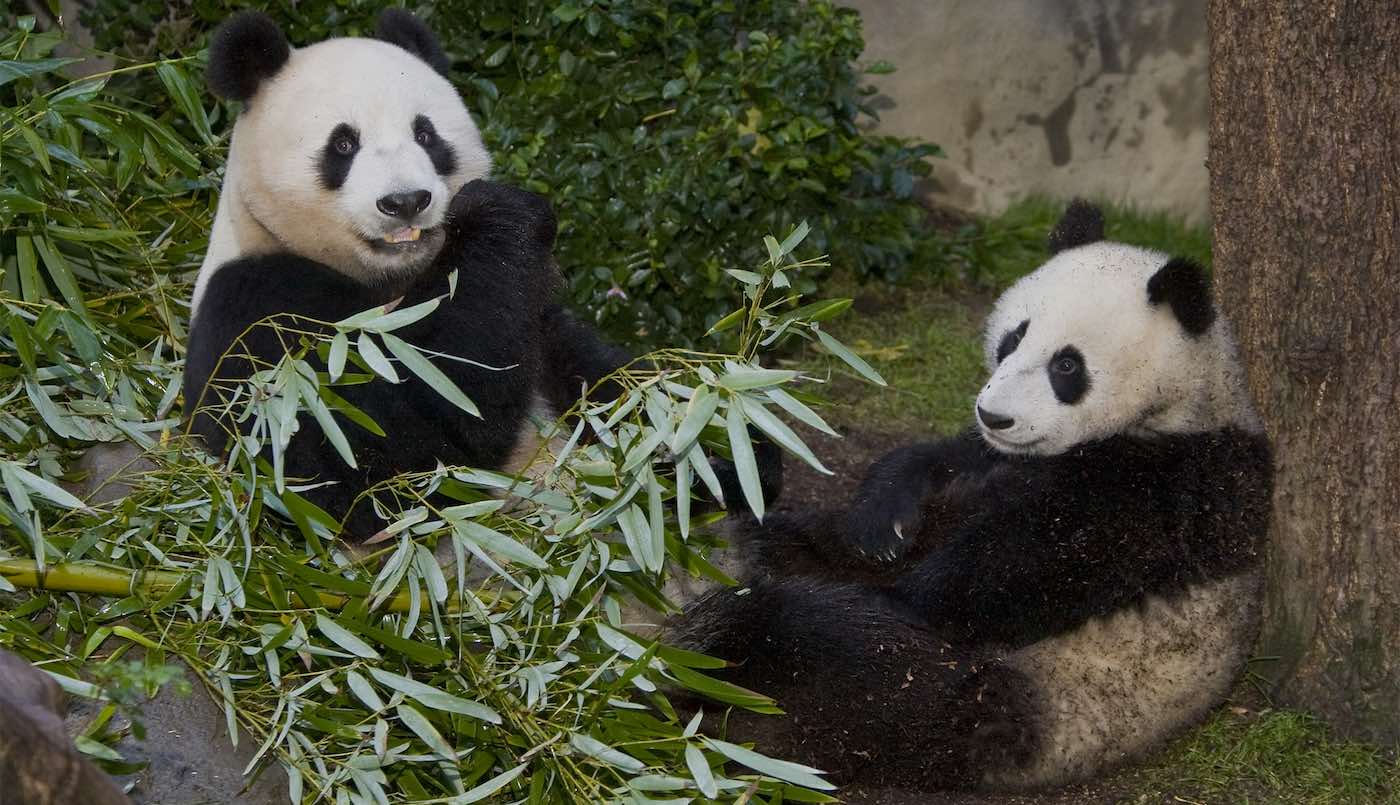
‘Panda Diplomacy’ is back in action in San Diego as Chinese conservationists and the California zoo signed an agreement that could see giant pandas return for the viewing public as soon as the end of summer.
When China began sending giant pandas alongside diplomatic liaisons, it didn’t just help stabilize relations with contentious neighbors and competitor nations, it contributed immensely to the understanding of these beautiful creatures.
With zookeepers all over the world studying different aspects of panda biology and ethnology, the last 40 years have seen the ability to captively breed and raise pandas improve exponentially.
At the moment, the San Diego Zoo Wildlife Alliance (SDZWA) has already signed an agreement with the China Wildlife Conservation Association, and is filing permits with the US Fish and Wildlife Service to welcome two new giant pandas to their zoo.
The partnership this time around will include research on disease prevention and habitat protection, with a fee paid by SDZWA for the opportunity to host the pandas going directly to giant panda conservation in China.
“We are humbled by the potential opportunity of continuing our collaborative conservation efforts to secure the future for giant pandas,” said Dr. Megan Owen, Vice President of Conservation Science at SDZWA.
Panda lovers rejoiced when, at the first face-to-face meeting between presidents Biden and Xi Jinping in over a year, promises to reduce tensions arrived alongside hints that pandas may return to zoos in San Diego and Washington D.C.
In recent years, China has declined to renew loan agreements with zoos in D.C., Tennessee, and San Diego as a result of perceived antagonism by Washington, and the only place in the US where giant pandas could be seen was Atlanta.
MORE GOOD DIPLOMACY: China Sends Expert Team to Taiwan to Help Care for Sick Panda (Video)
But seeing as giant pandas swear allegiance to no nation, history has shown that collaboration between SDZWA and Chinese research partners has contributed to critically important and far-reaching discoveries as well as scientific contributions that have played a meaningful role in China’s efforts to bring the iconic and beloved giant panda back from the brink of extinction.
These have included critical findings on giant panda reproductive behavior and physiology. Female pandas are receptive to mating just 48-72 hours every year, and it was the San Diego Zoo that conducted the first successful artificial insemination of a giant panda outside China—with longtime San Diego Zoo resident Bai Yun. The cub that was born this way—Hua Mei, survived to adulthood and reproduced 12 times before being sent back to China.
Advances have also included data on nutritional requirements, habitat needs, and genetic research. The efforts include developing a giant panda milk formula and other neonatal conservation techniques that dramatically increased survival rates for nursery-reared cubs from 5% to 95%.
NEWS FROM ZOOS: Doctors Called in for Rare Emergency C-Section on Gorilla in the Zoo–and the Baby Pics Are Incredible
“Pandas in our care and in the care of Chinese colleagues at conservation facilities play an important role as assurance against extinction and loss of genetic diversity in their native habitats, as well as a source population for reintroductions,” said Dr. Owen. “Our partnership over the decades has served as a powerful example of how—when we work together—we can achieve what was once thought to be impossible.”
The IUCN Red List updated the giant panda to “Vulnerable” down from “Endangered” after such conservation efforts increased their populations from 1,000 to 1,800.
SHARE This Great News For Zoogoers And Panda Lovers…




















